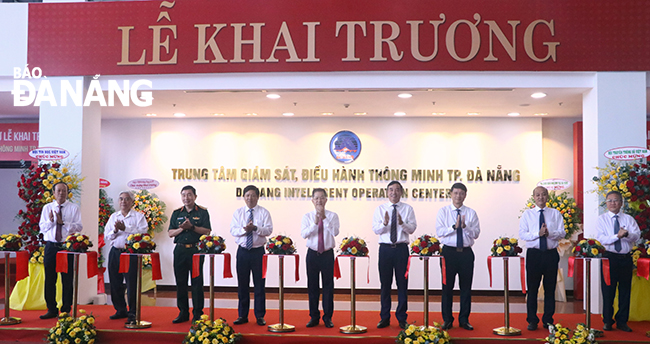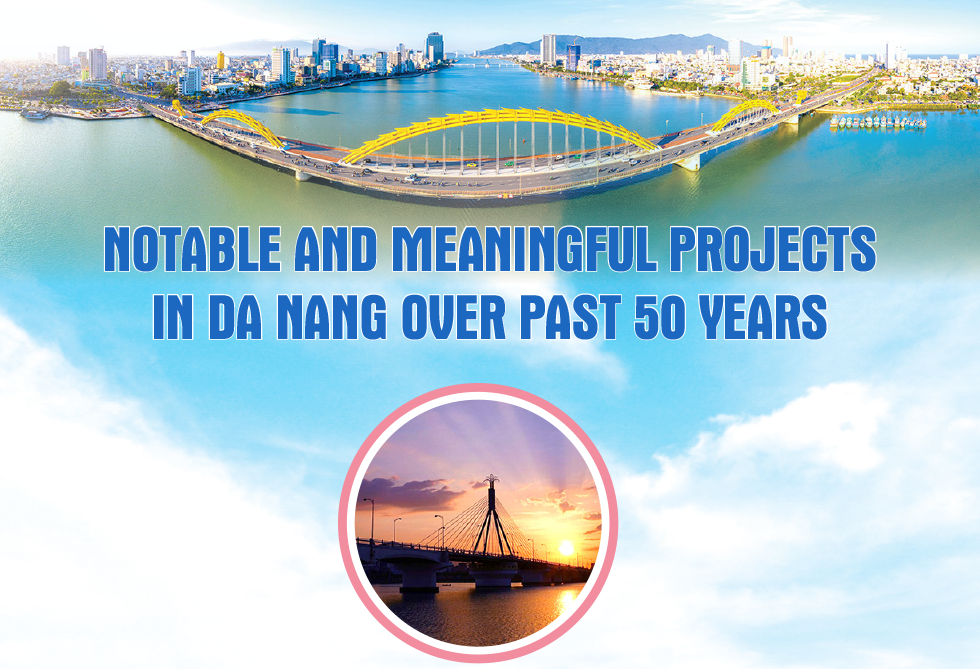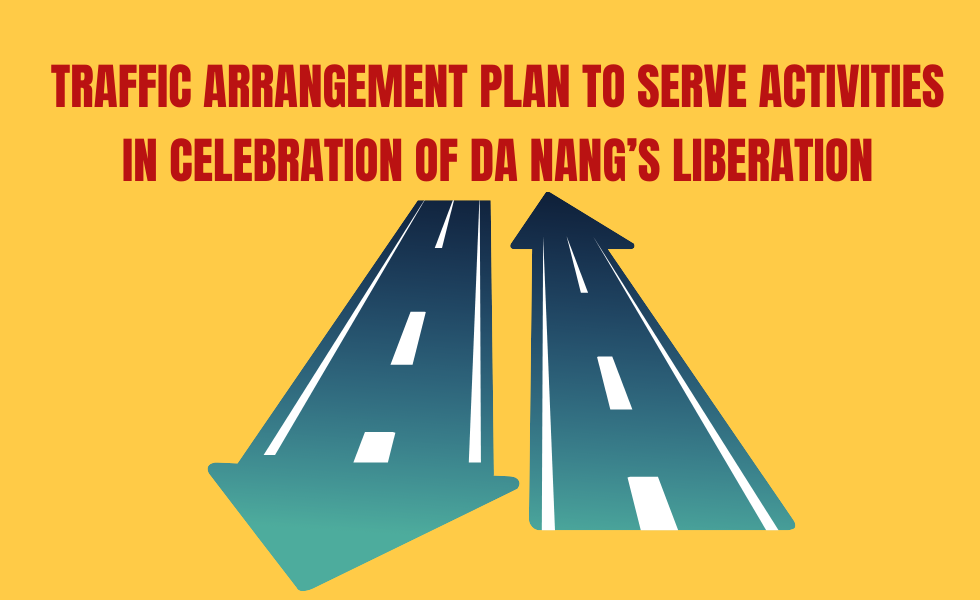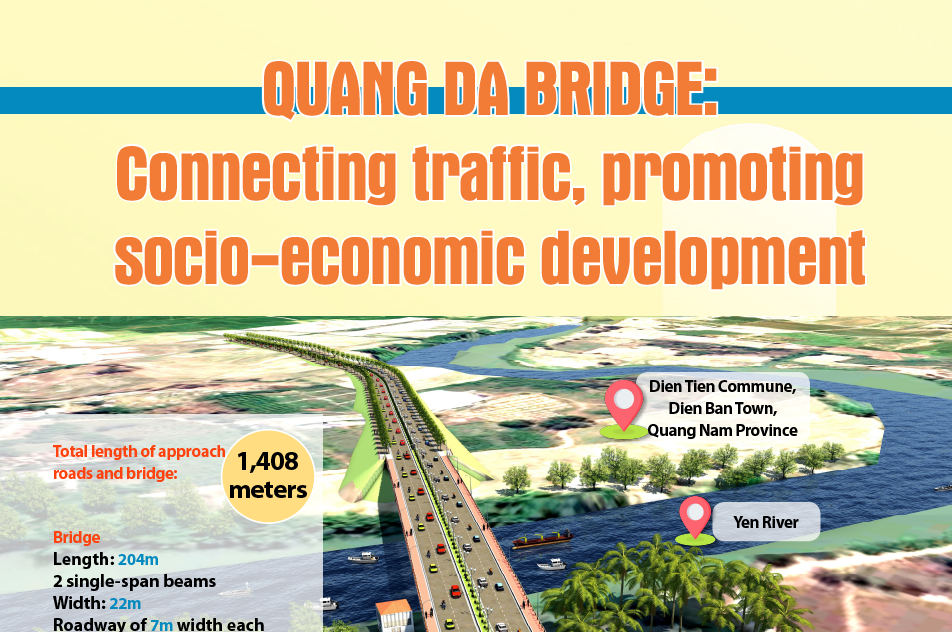Synchronous connection to smart city network
Under the Resolution No. 43-NQ/TW dated January 24, 2019 adopted by the Politburo on building and developing Da Nang by 2030, with a vision to 2045, the city targets to complete the construction of a smart city, synchronously connecting with the smart city network in the country and in the ASEAN region by 2030.
In order to achieve the goal, the city has issued and implemented many important resolutions, in which, the construction and operation of an intelligent operation centre (IOC) is one of its main tasks.
 |
| City leaders cut the ribbon to inaugurate the IOC |
Focal point for monitoring, collecting information and data
After a pilot period of deployment in the form of mini IOC and specialised monitoring centers including traffic and security cameras, in mid-August 2023, the municipal People’s Committee inaugurated an intelligent operation centre at the first phase, an important component of the central city’s path to the smart city status.
Unlike other localities nationwide, Da Nang built the IOC according to a comprehensive model, including inheriting existing digital data, being equipped with centralised analysis tools (municipal-level IOC), district-level operation centers (district-level OCs) and specialised operating centers (specialised OCs), meeting the requirements of decentralisation, and providing information, data, and warnings to direct and operate according to the urban government model.
According to the municipal Department of Information and Communications, the municipal-level IOC plays the role of a focal point to collect information and data from district-level OCs, and specialised OCs and applications, in order to analyse and provide aggregate data on the operation situation of the city for leaders to have information for direction and administration, share information with relevant agencies to serve State management, and ensure public and transparent information for locals and businesses, serving the implementation of urban government.
It also provides early detection and early warning of problems and unusual events related to the operation of the city, notifies the competent authorities for timely handling, and act as the city's centralised command center in handling emergencies, natural disasters, epidemics, and others.
It is known that the IOC collects and uses data from 3 main groups from e-government systems and applications, smart urban management systems and applications, and data deployed by businesses and communities.
From there, it will perform monitoring, analysis, give early warning, and provide groups of smart city services.
The monitoring, warning and administration are both in the form of a visual representation on a chart (dashboard) and on a digital map with field information from more than 300 IoT sensors.
At the first phase, the IOC features 15 service groups including functional groups for monitoring and administration, and functional groups for analysis and warning.
Mr. Nguyen Van Quoc, Director of the Center for Information, Monitoring and Intelligent Operation, said the IOC is responsible for collecting and synthesising information and data sources in all fields for analysis and display, thereby helping leaders at all levels have the ability to monitor, administer, make decisions and manage the quality of services provided by the city as a whole.
For local residents, they will benefit from smart urban services, and notably with the app Danang Smart City, they will stay up to date with traffic, weather and environment warnings, among other emergencies, he added.
People, process, and technology play a decisive role
According to Mr. Nguyen Thanh Nam, Deputy General Director of the Military Industry and Telecommunications Group (Viettel), said that the IOC is the 37th of its kind in the country that Viettel has been assigned to deploy.
Unlike previous projects, IOC is the first smart monitoring and operating center deployed on a comprehensive model, with the largest scale. The unit and the city government agreed to synchronously deploy three elements from the beginning: people, process and technology.
In particular, the city has assigned tasks to each specific unit; develop working regulations and procedures for receiving and processing information; and at the same time, encourage businesses and people to unite with the municipal government in their determination to successfully deploy the system.
As for the technological element, the IOC applies many modern 4.0 technologies to turn itself into a centralised, multi-tasking command and control center.
Some typical technology applications have been applied, such as the application of artificial intelligence technology to analyse camera data to serve management problems in the area and in specialised fields; the application of data analysis in statistics and forecasting for decision-making; and initially forming an IoT management platform tool with more than 300 integrated sensor devices, helping the city have tools to monitor, operate urban areas and support people.
As a member of the city's Digital Transformation Advisory Council, Chairman of the Viet Nam Automation Association Nguyen Quan highly appreciated that Da Nang is one of the leading localities in the country in digital transformation with the pillars: digital government, digital economy and digital society. This is one of the factors that helps Da Nang soon complete the goal of building a smart city and effectively implement the national digital transformation programme.
However, he stressed the need for the city to pay attention to three important issues such as building a complete city database system, integrating local data sources as well as being able to integration into national data systems in a bid to ensure the effective operation of the IOC.
Moreover, heed should be on training human resources in the digital economy; as well as integrating data from many other activities in all economic and social activities so that the information is fully and comprehensively updated, thereby make operations more efficient.
Reporting by VAN HOANG - Translating by M.DUNG








